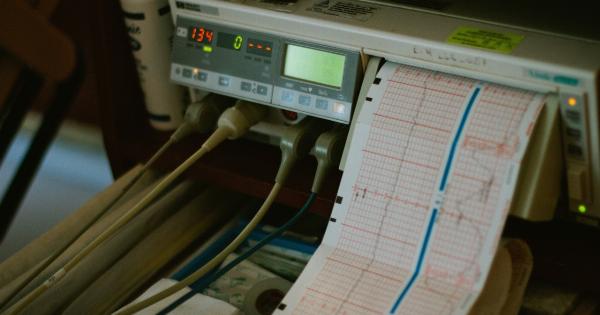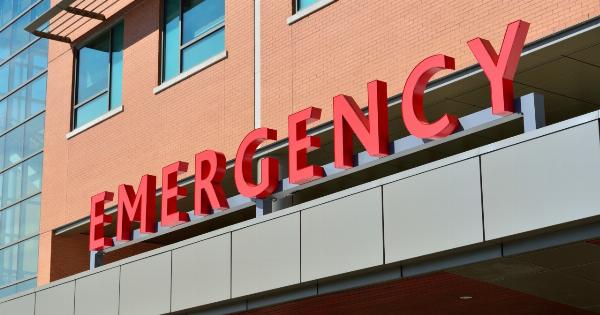Emergencies can strike in an instant, leaving individuals and families scrambling for help and support.
Whether it’s a medical emergency, a natural disaster, or a sudden financial crisis, having the right insurance coverage can make all the difference in the world.
Understanding Emergency Coverage
Emergency coverage is a vital component of any insurance policy. It is designed to provide financial assistance when unexpected events occur, offering policyholders the necessary support to navigate through difficult times.
While emergency coverage varies based on the type of insurance policy one holds, there are a few key details every policyholder should be aware of.
The Importance of Emergency Coverage
Emergencies are unpredictable and can happen to anyone at any time.
Having emergency coverage ensures that you are not caught off guard financially, allowing you to focus on dealing with the emergency at hand rather than worrying about how to pay for it.
Types of Emergency Coverage
1. Medical Emergency Coverage.
Medical emergencies can be both physically and financially draining. Having medical emergency coverage ensures that your medical expenses are taken care of, allowing you to seek the necessary treatment without hesitation or worry.
2. Natural Disaster Coverage.
Living in areas prone to natural disasters such as hurricanes, earthquakes, or floods requires specific insurance coverage.
Natural disaster coverage provides financial protection in the aftermath of such events, helping policyholders rebuild their lives after devastation.
3. Travel Emergency Coverage.
When traveling domestically or internationally, unexpected events and emergencies can occur.
Having travel emergency coverage ensures that you have access to emergency medical or travel assistance, covering expenses such as medical evacuation, trip cancellation, or lost baggage.
4. Financial Emergency Coverage.
Financial emergencies can include sudden job loss, disability, or costly repairs. Having financial emergency coverage can provide a safety net so that you can still meet your financial obligations during challenging times.
Filing an Emergency Insurance Claim
In the event of an emergency, it is crucial to understand how to file an insurance claim for emergency coverage. Here are the general steps to follow:.
1. Review your policy: Familiarize yourself with the coverage and requirements of your specific emergency coverage policy.
2. Contact your insurance company: Notify your insurance company about the emergency as soon as possible.
3. Provide necessary documentation: Gather all relevant documentation, such as medical reports, receipts, or police reports, to support your claim.
4. File the claim: Follow the procedure specified by your insurance company to file the claim accurately and promptly.
5. Follow up: Stay in touch with your insurance company regarding the status of your claim and provide any additional information if requested.
Common Exclusions
While emergency coverage is essential, it’s important to understand that there may be certain exclusions or limitations within your policy. Common exclusions for emergency coverage may include:.
1. Pre-existing conditions: Some policies may not cover pre-existing medical conditions.
2. Waiting periods: Certain policies may have waiting periods before emergency coverage goes into effect.
3. Negligence or intentional acts: Coverage may be denied in cases where the emergency was a result of negligence or intentional acts.
4. Coverage limits: Policies may have maximum limits on the amount of coverage provided.
5. Non-covered events: Specific events may not be covered, depending on the policy.
Reviewing and Upgrading Your Policy
Periodically reviewing your insurance policy and emergency coverage is crucial. Life changes, such as getting married, starting a family, or purchasing a home, can impact your coverage needs.
1. Assess your needs: Consider any changes in your life circumstances that may require adjustments to your emergency coverage.
2. Consult with your insurance provider: Engage in a conversation with your insurance provider to understand how to upgrade or modify your policy accordingly.
3. Compare policies: Shop around and compare different policies to ensure you have the most suitable coverage for your needs.
Tips for Policyholders
1. Read the fine print: Carefully review your insurance policy, paying attention to the terms and conditions, coverage limits, and any exclusions.
2. Document your belongings: Maintain an inventory of your belongings and keep it up to date. This will help streamline the claim process in case of an emergency.
3. Be proactive: Take necessary precautions to minimize the risks of emergencies. Install smoke detectors, invest in home security systems, and practice safe driving habits.
4. Keep emergency contact information handy: Whether it’s your insurance company’s contact information or emergency helplines, make sure you have easy access to essential contact details.
5. Stay informed: Regularly stay updated on your policy coverage, changes in regulations, and any new options or upgrades offered by your insurance provider.
Conclusion
Emergency coverage is a vital aspect of any insurance policy, providing policyholders with the peace of mind and financial security they need during unexpected events.
Understanding the types of emergency coverage available, how to file a claim, and any exclusions or limitations is crucial in ensuring that you can navigate emergencies with confidence and ease.


























